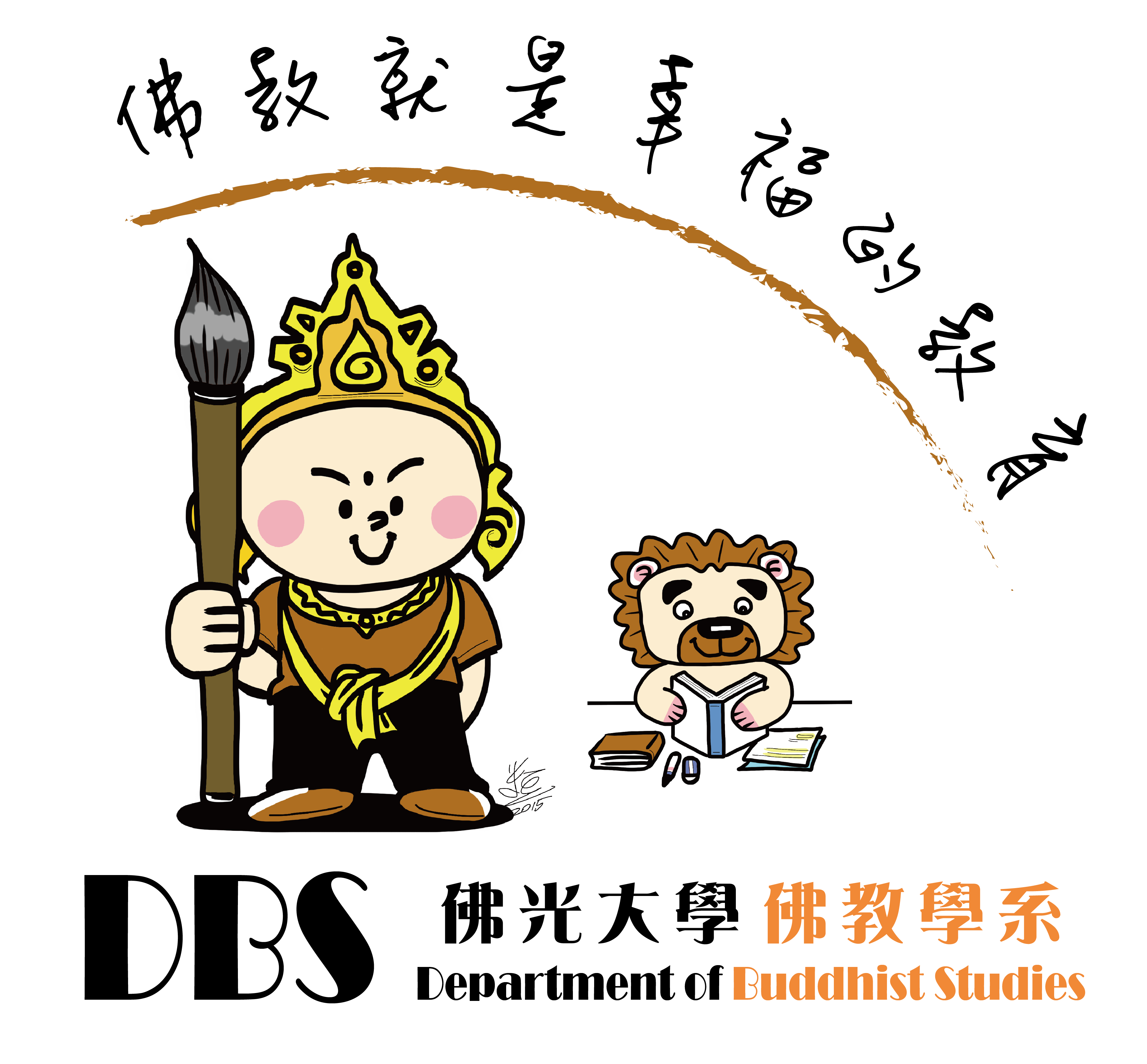On November 6, 2024, the Buddhist Studies Center invited Kunga Khadro, the founding president of Taiwan’s Jonang School of Tibetan Buddhism, to deliver a lecture on “Thangka Art and Its Painting Schools.” The event attracted nearly 60 Thangka art enthusiasts as Kunga Khadro provided a comprehensive introduction to the history and diverse styles of Thangka art, a significant form of Tibetan Buddhist art rich in historical and cultural meaning. The lecture focused on the origins, stylistic characteristics, and evolving techniques across different Thangka painting schools.
During the lecture, Kunga Khadro shared insights into several Thangka painting schools, including the Qiwu Gangba, Menri, Khyenri, Karma Gadri, and Rebgong styles. Each school has distinctive characteristics, evident in unique compositions, color usage, and thematic emphases. For instance, the Qiwu Gangba style is known for its precise composition, rich gradations of vermilion, and touches of blue and green, while the Menri style favors soft lines and realism, incorporating floral, mountain, and landscape elements inspired by Chinese scenery.
In addition to discussing the various painting schools, Kunga Khadro detailed the Thangka creation process, from canvas preparation and composition to coloring, facial depiction, and consecration. Every step requires the artist’s careful attention and devotion. Thangka art is not just an artistic form but is also considered a part of spiritual practice, with artists required to maintain focus and piety throughout the creation process to fulfill both religious and artistic responsibilities.
The lecture also highlighted innovative techniques and the evolution of Thangka art over time, such as the Khyenri school’s striking blue backgrounds and bold lines and the Rebgong style’s use of local colors and extensive gold patterns. The session sparked great interest among attendees, who actively participated in discussions exploring the application and development of Thangka in contemporary art and religious life.




 College and Department of Buddhist Studies, FGU
College and Department of Buddhist Studies, FGU